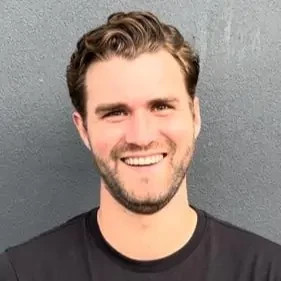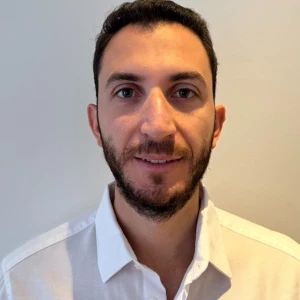Hello,
What is the best approach to follow when presented with an exhibit/chart/table:
1- start confirming what the exhibit is about and confirm units and labels
2- Immidiately start identifying trends (not finding it helpful because I would jump all over )
OR
1- start confirming what the exhibit is about and confirm units and labels
2- Ask for 1 minute to brainstorm (allows me to get structured)
3- Present 3-4 conclusions (like trends)
What are your thoughts? What should the candidate do first upon receiving the chart ?













